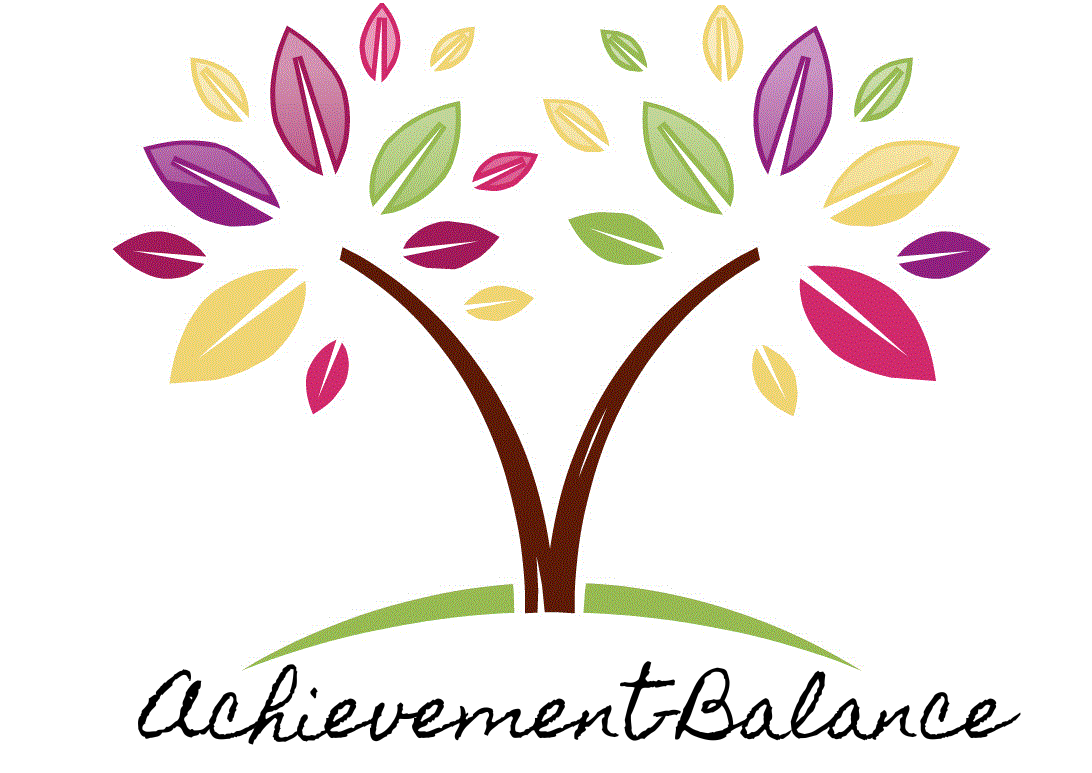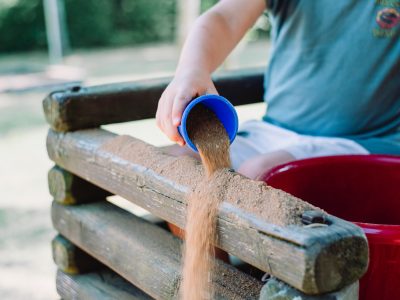
Bullying is something that many children and teens, unfortunately, have to struggle with. And students with disabilities, including ASD, are much more likely to experience bullying than their nondisabled cohorts.
Achievement Balance often deal with the after-effects of bullying in our therapy, services, day-camps, and home-based services. And though there is nothing we can do to fully eradicate all bullying from our children’s lives, there are steps that can be taken to help mitigate the negative effects and help our children avoid the worst of it.
Let’s walk this path together and learn about the 7 steps against bullying, so we can create a happier, healthier, more accepting world for our children.
Talk About It & Praise Their Differences
Avoiding the subject will not save your child, in fact, not talking about bullying, or not being open to the conversation with your child will ultimately hurt them in the long run, as they will not have anyone to go to if it ever happens to them.
It can be difficult to first start talking about bullying, but it is important to let your child know that bullying often stems from ‘otherness’ or perceived otherness. However, even if they are bullied for their differences – it does not make being different bad.
Quite the opposite, actually.
It can be very powerful to tell your child that being different can be a wonderful gift because there would be no advances, no creativity, and no progress without different minds, different cultures, and different passions in the world.
If everyone was the same, then everything would be the same and continue to be the same.
Make a Game Plan
After talking to your child about the bullying and some of the reasons others might bully someone, it is important to create a plan so your child understands what they can do if they ever feel threatened or unfairly treated.
That plan might be something as simple as telling you right when they get home or going to a teacher. Or that plan could be dependent on the situation. The most important aspect of the plan is that it exists, and it is known.
Teach Acceptance, Kindness, & Tolerance
Though there is nothing we can do to permanently change the behaviors of others, we can teach those around us to be accepting and kind of others, regardless if we agree with them, if we are different from them, or if we feel comfortable around them.
We do not have to teach our children or family members to befriend everyone, we do not have to teach them to agree with everyone – but we should teach those around us to be kind and tolerant of others, and to not be purposefully unkind or exclusive.
Promote Awareness in Your Community
Promoting awareness in your community can go beyond bullying and encompass awareness of ASD or other differences that some in your community may live with.
Raising awareness doesn’t mean you have to quit your job and focus all of your time on the subject of your choosing either, but it does mean you are an advocate, ally, and educator for the issues at hand.
You can join an existing group in your community or school district, or you can even start your own. But raising awareness, in any capacity, is a wonderful way to bring light to multiple serious subjects, such as bullying, learning disabilities, differences, or Autism.
Encourage Your Child to Speak Up & Self-Advocate
Beyond having a plan for if bullying occurs, you can also encourage your child to advocate for themselves or ‘stand up’ for themselves. And no, we don’t mean you should teach your child to ever solve problems with violence – we mean to use their words to tell the bully that they are being unkind, unaccepting, and small.
Even saying something as simple as ‘Are you trying to bully me/tease me/make fun of me?’ can be very powerful, as it calls attention to the bad behavior of the other child.
Additionally, allow your child to choose when they need support or assistance from another, and when they feel they can walk away or say something to the bully on their own. Having some control over their situation gives them power over themselves and their lives, something that is sometimes lacking for individuals dealing with ASD or disabilities.
Encourage Healthy Friendships
Friends are often around your child, even when you can’t be, and friends can, therefore, be an extremely strong protective factor in your child’s school, or social life.
Encourage your child to make friends, maintain those friendships, and recognize the differences between healthy and unhealthy friendships. If your child has someone standing beside them, then even a bully has far less power.
It is important to be there for your child, but when you cannot physically be there, having a kind, understanding friend next to them is the next best thing.
Know Your Rights
Make sure you know the policies and rules at your school, or the ordinances in your area. Knowing your rights, and the rights of those in your life is an important way to protect them from bullies or unfair treatment.
Just like advocating for your child with special needs can take some research, so does knowing their rights. If this task seems daunting, then consider finding or hiring an educational advocate for your child to help maneuver issues in school, social settings, or to deal with bullying.
Bullying Is Something No Child Should Have to Go Through. Help Us End It.
Achievement Balance would love to partner with you, your community or your family to help stop bullying and create a world where our children’s differences are celebrated, not pushed down.
If you would like to learn more about our services or resources, please visit our website or contact us at (972) 410-5297.
At Achievement Balance, we want to empower families and children to move mountains.



